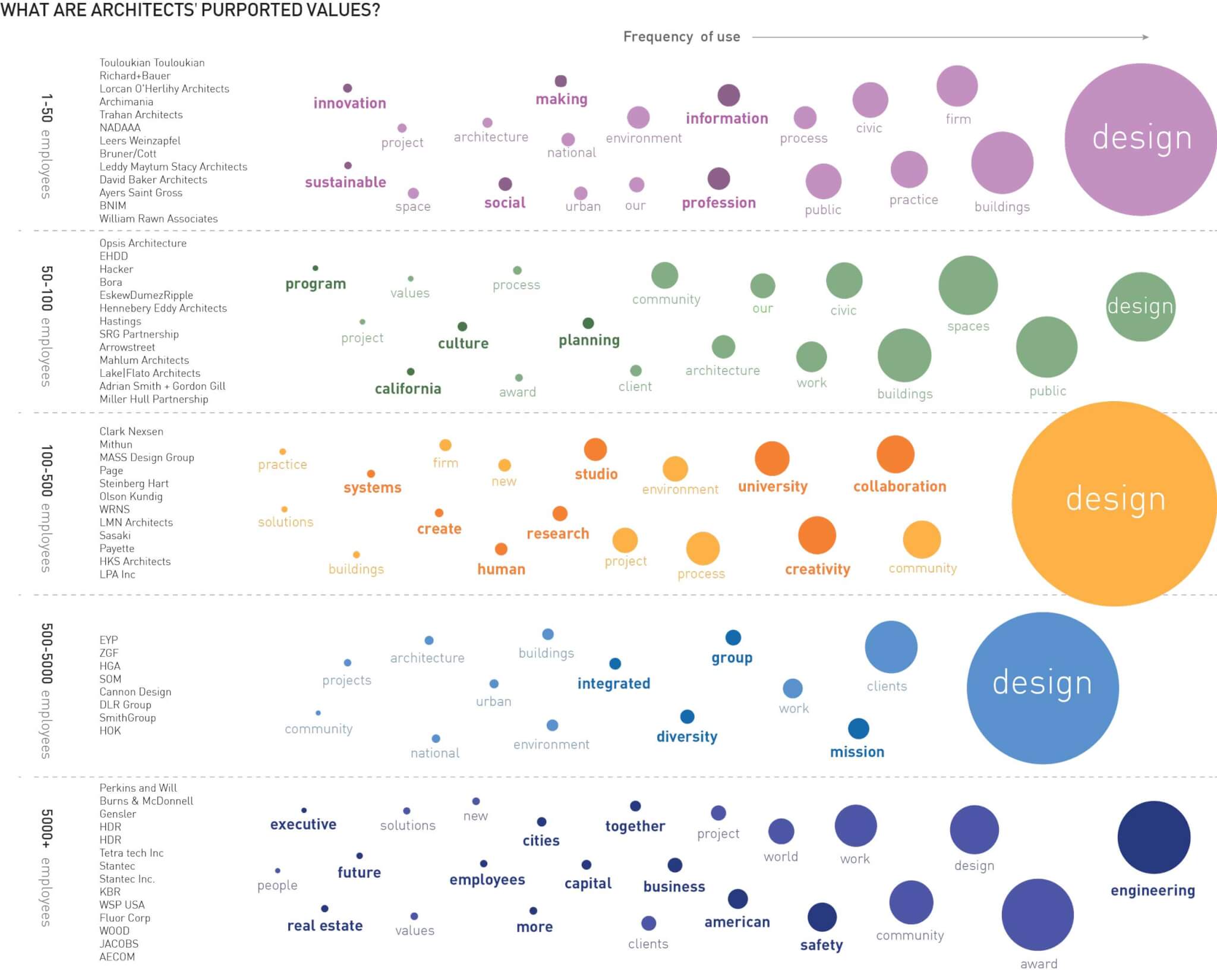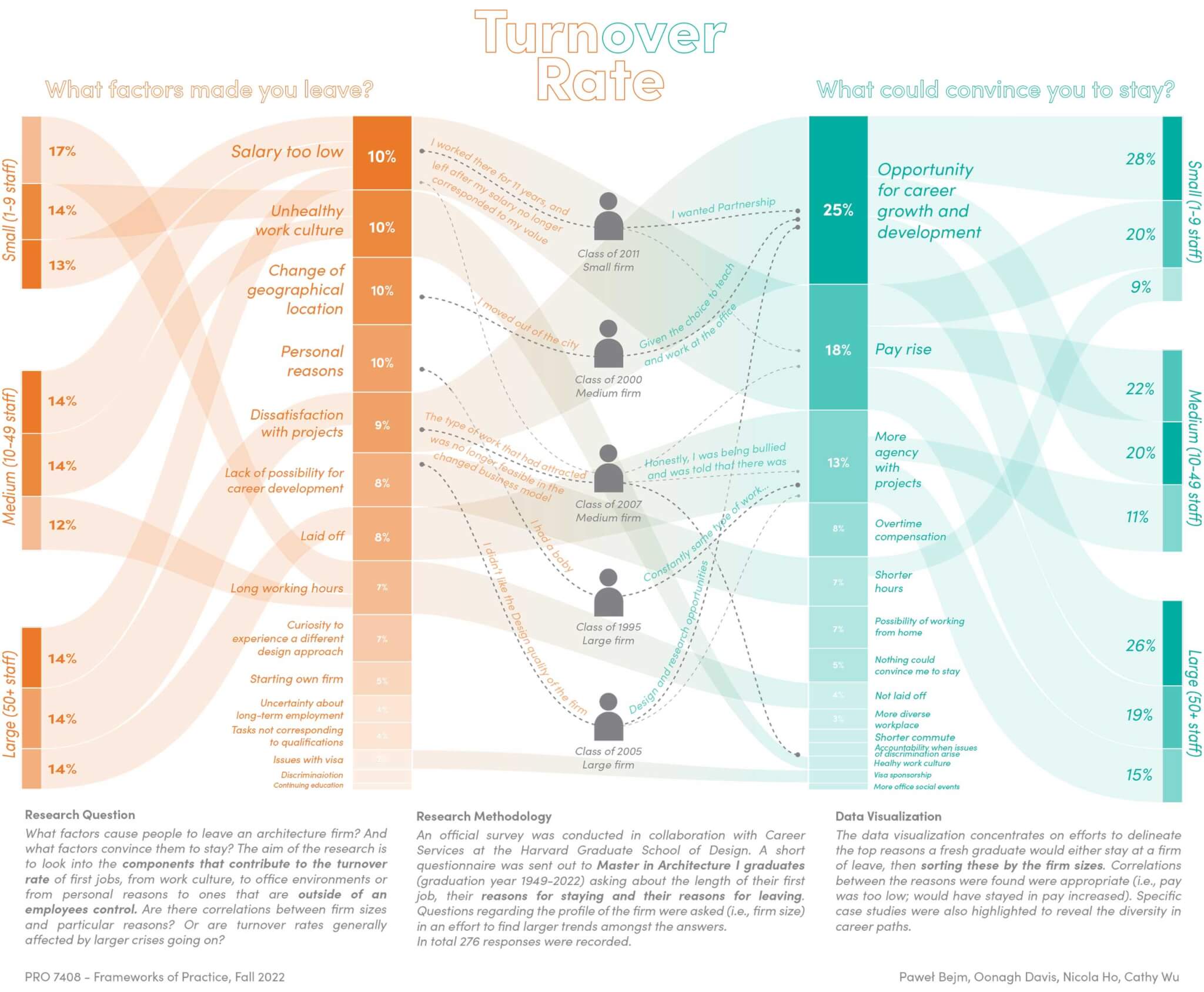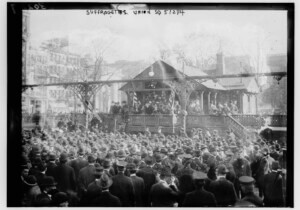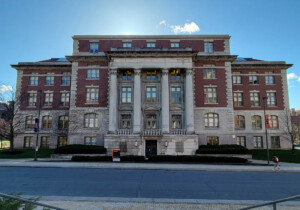The word “practice” suggests routine and repetition. Like the kid who takes 100 shots from the free-throw line, the act should improve its desired outcome. Within architecture, the term, as Dana Cuff wrote in her 1992 book Architecture: The Story of Practice, is “the embodiment, indeed the expression, of the practitioner’s everyday knowledge.” That knowledge is imparted to young people in architecture school through studio coursework in which students develop their design skills. But the expression of those skills takes place later in an office, a professionalized setting that demands not only design ability but also business acumen. The practice of practice begins, for schools accredited by the National Architectural Accrediting Board (NAAB), with the Professional Practice class.
Typically offered as one course unit, “ProPrac” enables students to explore the structures that govern an architecture business practice, including contract documents, risk management, project budgeting, ethics, and more. But the practice of teaching practice has yielded an evolution in the coursework itself: Professional Practice classes provide an opportunity for students to engage critically in the realities of work. Rather than creating an environment for students to learn the basics of business, these new models for Professional Practice encourage historical and theoretical frameworks, research, and addressing the realities of labor.
NAAB requires ProPrac coursework as part of its 2020 Conditions for Accreditation and lists four learning objectives: “how the program ensures that students understand professional ethics, the regulatory requirements, the fundamental business processes relevant to architecture practice in the United States, and the forces influencing change in these subjects.”

The course’s content is driven by the fundamental understanding of architecture as a professionalized career, said Jacob Reidel, assistant professor in practice at the Harvard Graduate School of Design. “For a long time, it’s been an agreed-upon that you need to have some course, some material, that gives future graduates some understanding of what actually goes into running an architecture business—to actually practice practicing,” he explained to AN.
But the class is not necessarily seen as a glamorous one, said Jess Myers, assistant professor at the Rhode Island School of Design. “The way that people practice is taken for granted a little bit, which is why I think that professional practice itself also had the stance of kind of being very boilerplate—and also a class that people didn’t necessarily want to teach,” she offered. “You don’t feel you could bring a lot of yourself into it. But then NCARB’s 2020 guidelines opened things up a little bit.”
Myers has structured her syllabus to emphasize the forces of influence included in those 2020 guidelines: Having started her teaching career during the SHoP unionization campaign, she saw labor movements as a force to investigate with students. Rather than requiring her ProPrac students to do the typical exercise of imagining themselves as firm owners who then grapple with the legal and ethical realities of running their practice, she framed the exercise from the perspective of someone entering as a junior employee. In this way, students are able to approach course topics from the perspective of a position with less institutional power, allowing them to contend with ethics, negotiation tactics, portfolios, and visa statuses from a perspective most relevant to them.
For Dr. Aaron Cayer, assistant professor of architecture history at the University of New Mexico, labor rights and worker power have also been a focal point for his ProPrac classes. However, he addresses the issue from a historical and theoretical perspective, examining the role of architects nationally and internationally, and moving into practice issues in a sociological framework.
“We’re thinking about legal forms of organization and their deeper meanings—not just corporations but different types of enterprises like cooperatives and unions—and how each relates to the political economy and structures architecture practice,” he said. His students perform research like surveying New Mexico architecture firms about intern pay and healthcare provisions; unlike Myers, his students invent their own firms that emphasize alternative models of practice like B Corps or cooperatives. “At its core, it’s a balance between history, theory, design, and the traditional tools of business,” he explained.
The class, he believes, addresses the problem of professionalization: As universities increasingly need to prepare students for the workforce, their focus on critical thinking is lost. Citing the book The University in Ruins by Bill Readings, he says, “Most universities have lost their cultural focus and transformational role. This is part of the broader neoliberalization of higher education, and we’re seeing that in architecture. For instance, history and theory have been marginalized within our new accreditation requirements and marked as ‘extracurricular.’”
These instructors cover the required subjects needed for accreditation, but they’re also dealing with some fundamental issues inherent in architecture education. By integrating history and theory, Cayer attends to the university’s neoliberal shift, while Myers argues that students imagining themselves as workers in a practice helps erase some of the “intolerance” that students are taught in design studios.
“Through design studios we give [students] a rigid picture about what a successful career in architecture looks like,” Myers said. “You see a lot of dissatisfaction, especially in junior architects, because there’s this idea that the only way to actually be practicing is to have complete control over the design. It’s like every other skill set that it takes to run that job is just a burden. Professional Practice is a place to expand that imagination of how many people it takes to bring the built environment into being, to manage and steward it.”
Reidel teaches a ProPrac-oriented class called Frameworks of Practice at Harvard. While his course is not meant to satisfy NAAB requirements, it is designed to supplement the school’s additional ProPrac requirements in its curriculum. Reidel has structured Frameworks under the premise that practice and offices are inherently designed structures that are subject to external forces and crises, to “critically examine how the discipline, the practice of architecture have come to be—how we got to our craft, how we arrived at our current state—and then looking at examining new models for practicing new frameworks for practice,” he said.

Like Cayer’s, Reidel’s students also explore and visualize labor issues like gender inequality and worker satisfaction. One recent group examined in-house architecture research—groups that perform investigations into materials, technologies, and methods in addition to contributing to built work—to better understand how large firms perform and apply research, and how it is funded. These issues aren’t new, he said, so he asks students to track them back as far as the early 20th century to demonstrate that “a lot of the issues that people are wringing their hands about today have been issues for the profession since it was created. So if this is not the best model for supporting creating great spaces in a way that supports the people who do it, I’m open to other models.”
Students educated under these models of ProPrac coursework will likely gain important knowledge related to issues of labor, hierarchy, and equity when they emerge from school, but it is not the case that this mode of practicing practice is the norm. A (woefully outdated) survey conducted by NAAB and the Association of Collegiate Schools of Architecture in 2018 revealed some equally woeful information about how ProPrac courses are being taught at 111 different NAAB-accredited schools: 43 percent of respondents noted that they do not teach equitable workplace practices; only nine percent discuss the future of practice through “Society, Policy, and Economy,” which “calls attention to the role of the architect in society and how he/she responds to the changes outside of our control.”
Without thinking about “outside forces”—a criterion named specifically by NAAB—students are at risk of learning about the business of architecture without considering how their work functions in relation to political, social, and labor systems. Teaching with such context—connecting to “larger questions of values, ethics, how to effect positive change in the world,” according to Reidel—can help solve issues inherent in the profession itself.
“Ultimately, we have to be honest that many of the issues that the profession is facing are not going to be solved in the professional realm,” he said. “Those issues with architecture work, the culture of architecture that we all know, start upstream in school, and you’re not going to change the profession if you don’t change the way we approach school.”
When the practice of practice begins during the earliest moments of an architect’s education, one might assume that the more we practice, the more improvement we might see. But until the practice of teaching evolves, we will be reminded of an old cliché: Practice doesn’t make perfect; practice makes permanent.
Anjulie Rao is a journalist and critic covering the built environment.










